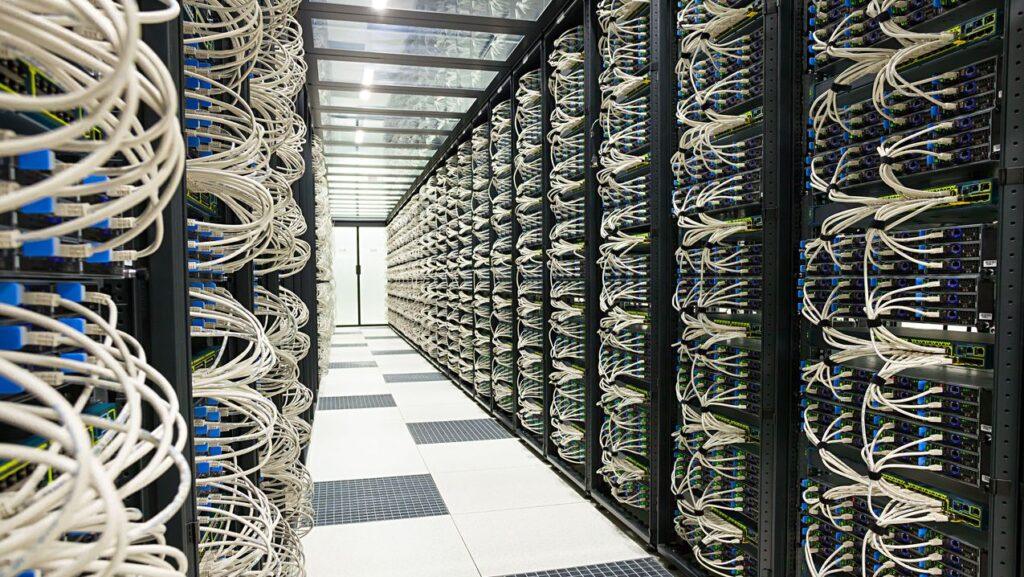- The Chinese cloud rescue plan aims to sell the power of the surplus CPU of inactive government data centers
- Despite massive investment, many Chinese data centers work with only 20 to 30 percent capacity
- The old CPU cost money, even when inactive, China wants to monetize them before they expire
China is changing its approach to administer the capacity of the excessive data center by proposing a new national system to redistribute surplus computer power.
After a three -year boom in the development of infrastructure, many data centers backed by the local government now face low use and high operating costs.
As data centers age and less customers need their services, the Chinese government aims to revive the viability of the sector through a national coordinated cloud service that would unify computer resources in all regions.
A coordinated response to increasing inefficiencies
The proposal, promoted by the Ministry of Industry and Information Technology (MIIT), implies the construction of a network that allows the CPU to be grouped and sell of the CPU of the infrautilized data centers.
According to Chen Yili of the Academy of Information and Technology of Communications of China, “everything will be delivered to our cloud to carry out unified organization, orchestration and programming capabilities.”
The objective is to deliver a standardized interconnection of public computer power throughout the country by 2028.
The excess arose from the “Eastern Data, Western Computing” initiative, which encouraged construction data centers in less populated western regions and energy rich to serve the most developed eastern economic zones.
But many centers, despite hosting some of the fastest CPUs, are now inactive, and this is a serious concern because the hardware of the data center has a definitive useful life.
In addition, CPUs and their related components are expensive to acquire and can be quickly outdated, which causes the unused infrastructure to be a financial liability.
Data centers are expensive to operate, and cooling systems, electricity and maintenance consume important resources.
So, when the CPUs of the high performance workstation are left underutilized, they still incur in the way, which is very bad for business.
According to reports, use rates are between 20% and 30%, undermining economic and energy efficiency.
More than 100 projects have been canceled in the last 18 months, a marked contrast with only 11 in 2023.
Despite the setbacks, state investment remains substantial. Government hiring reached 24.7 billion yuan ($ 3.4 billion) only in 2024, and other Yuanes have already been assigned another 12.4 billion yuan in 2025.
The National Development and Reform Commission (NDRC) has intervened to impose stricted controls.
The new projects must comply with specific use thresholds and insurance purchase agreements before approval.
In addition, local governments are now prohibited by launching a small -scale computer infrastructure without clear economic justification.
In the Technical Front, the integration of the CPU of several manufacturers, including Nvidia and the Ascend chips of Huawei, in a unified national cloud raises a serious obstacle.
Differences in hardware and software architecture hinder standardization, and the original tarta objective of 20 milliseconds for real -time applications, such as financial services, remains without satisfaction in many remote facilities.
That said, Chen imagines a perfect experience in which users can “specify their requirements, such as the amount of computer power and the necessary network capacity”, without worrying about the underlying chips architecture.
If this vision can be done depends on solving infrastructure mismatches and overcoming the technical limitations that currently fragment the panorama of China’s computer power.
Through PakGazette




